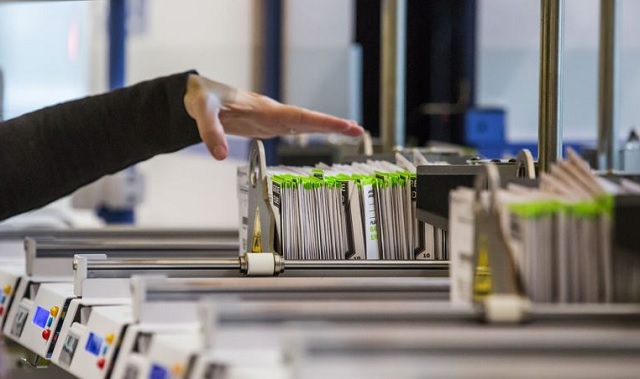PORTLAND, Ore. (KOIN) — Voter turnout in Oregon is always higher than the national average, especially during the the midterm elections — we can thank vote-by-mail for that.
Oregon became the first state to go totally vote-by-mail in 1998, when nearly 70% of Oregonians approved ballot measure 60.

“It’s more convenient, it saves a lot of money, it leads to much higher turnout,” said Phil Keisling, who was secretary of state when Oregon rolled out vote-by-mail.
Now he’s at Portland State University’s Hatfield School of Government.
“We have a proven track record over 15 years of consistently beating by 10, 15, 20% of registered voters what other states are doing in comparable elections,” Keisling said.
In 2014 midterms, for example, 71% of registered Oregon voters cast a ballot. The national average was just 48%.
In the 2016 general election, turnout in Oregon was nearly 80%, compared to 56% nationwide. With 400,000 more eligible voters thanks to automatic DMV registration, a record 2 million Oregonians voted in 2016.
Two other states, Washington and Colorado, also exclusively vote-by-mail. Oregon Sen. Ron Wyden, the first senator elected by the system, is leading a push to take it nationwide.
The major pushback — potential fraud — hasn’t been seen in Oregon.

“The vast majority of Oregonians don’t care about politics to the level that they’re willing to risk prison time for it,” Keisling said.
In fact, part of the savings from not hiring elections workers and setting up polling stations is used for ballot security and verification.
“I think our democracy is a lot stronger when a lot more people participate in it, and I think that’s the key lesson in Oregon,” Keisling said.
The Oregon Secretary of State’s Office estimates at least $3 million in annual savings with vote-by-mail.